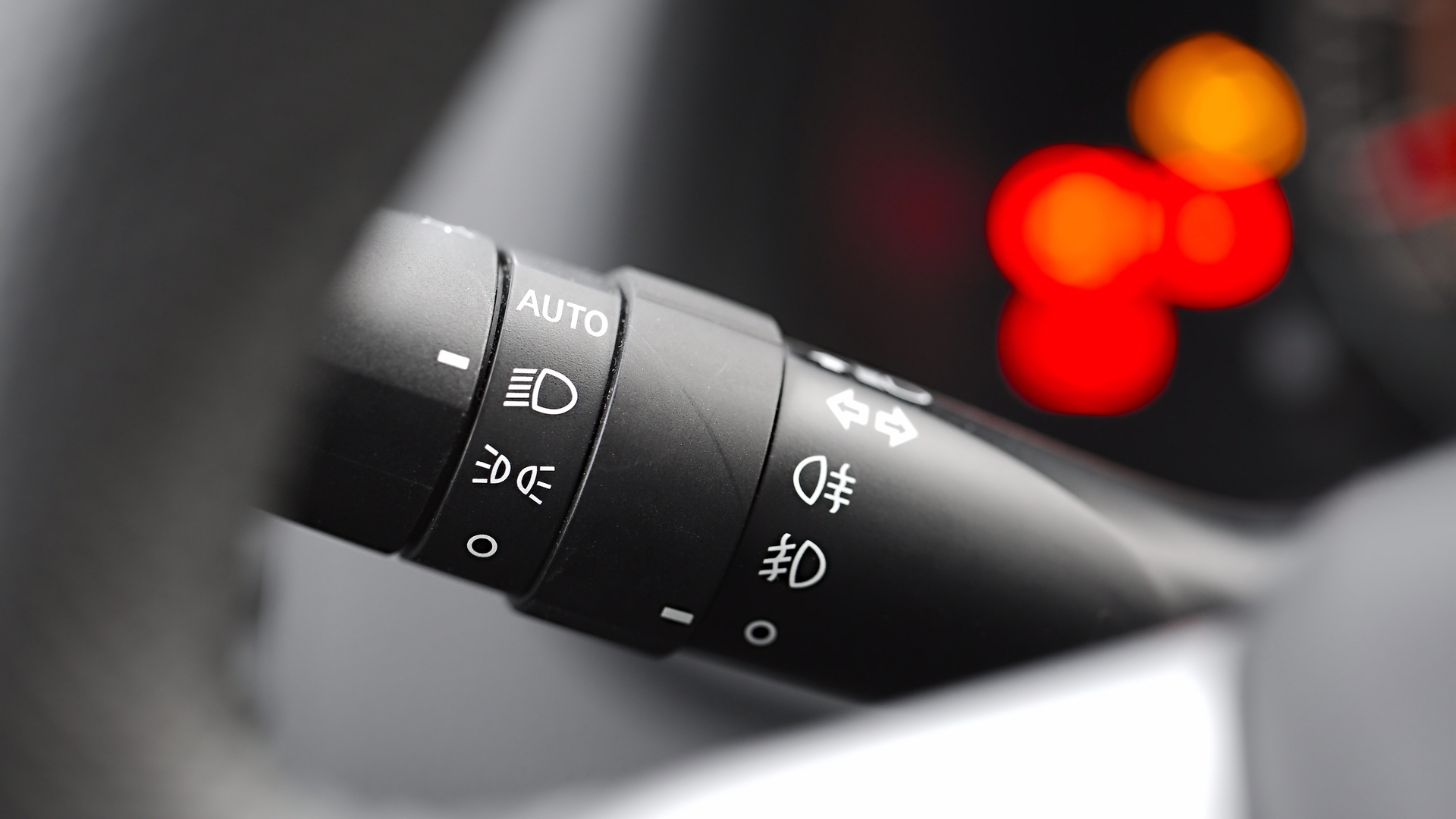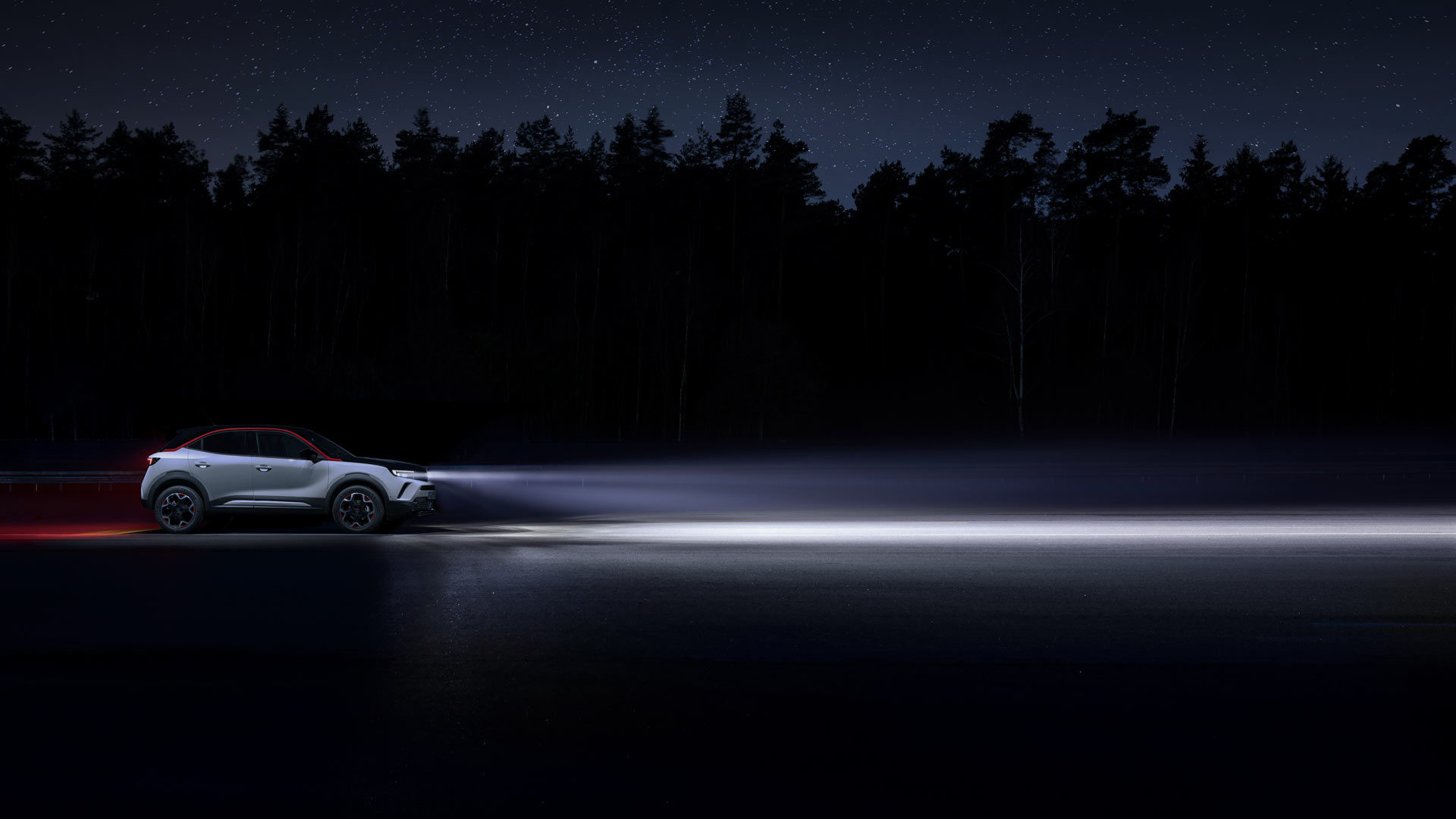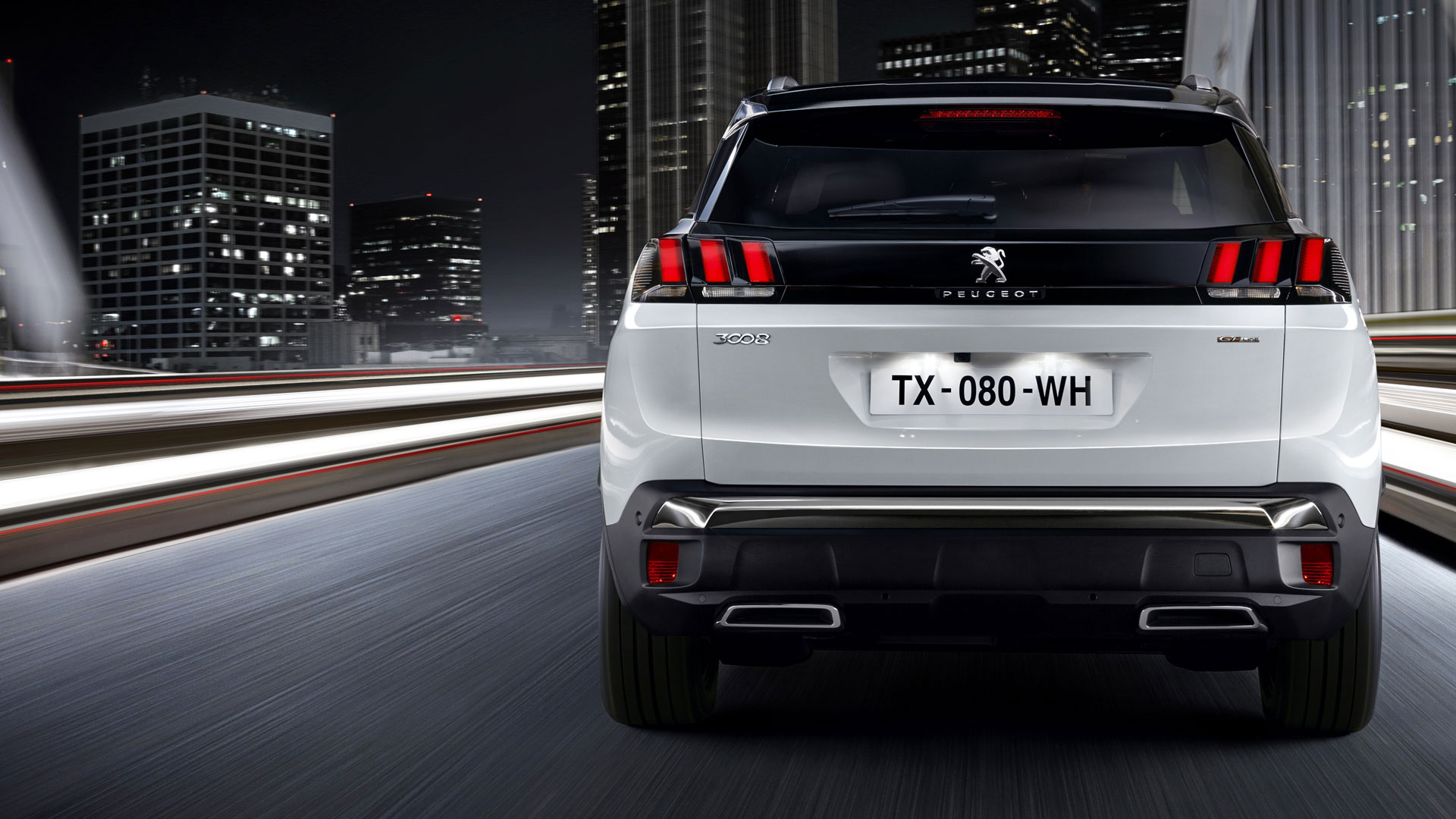
Prepare yourself, because I’m about to have a rant about the misuse of daytime running lights.
It’s January, which means we’re being bombarded with motoring advice designed to keep us safe on cold winter roads. However, here’s an additional tip for the unilluminated drivers of Britain: turn your blimmin’ lights on.
It used to be simple: when it got dark, you twisted a stalk on the steering column or a turned a dial on the dashboard to switch on your car’s headlights.
Back then, aside from those embarrassing occasions when the orange glow of the sodium street lights meant you forgot to light up after exiting Sainsbury’s car park, you rarely got things wrong. Thankfully, there was always a helpful Rover 200 driver on hand to give you a friendly flash before you ended up with a double bend sign inserted into your front grille.

Today, things are different. Daytime running lights (or DRLs) have been mandatory on all new cars since February 2011, so modern drivers are never in the dark. What used to be the preserve of Scandi-cool geography teachers and architects (in Volvos and Saabs respectively) is now commonplace.
The problem is, a small number of drivers seem to think DRLs are a substitute for common sense. Because the dashboard is illuminated, the headlights must be on, they think, before turning their attention to WhatsApp messages or a Spotify playlist on their in-car touchscreen.
A few years ago, an RAC survey of around 2,000 motorists found more than six in 10 (62 percent) of motorists claimed to see other cars and vans driving in dull conditions without any rear lights on, but noted that the DRLs were burning bright.
Dazed and confused

And they sure do burn bright. As the government points out, they are too bright for use at night and will cause ‘dazzle and discomfort’ for other road users.
Some cars, particularly those with fancy light clusters, have rear lights that are always on, so the chances of crashing into the back of them are slim. Others are plunged into darkness, which is less than ideal when the sun goes down or the road is draped in thick fog. Oh, and don’t get me started on fog lights…
Back to the DRL issue, I recently followed a Peugeot 3008 along the A30 and into that notoriously dark section before Honiton. For a while, I was wondering why the driver was frantically flashing at the road ahead, as if he’d spotted a speed trap.
I soon realised the DRLs he had been relying on for the past 15 or so miles were no longer up to the task, so he was flashing his lights in a vain attempt to engage main beam. Fat chance when you’re running with a pair of DRLs.
He worked it out, eventually, but only after some erratic driving and, I suspect, a few choice words.
If you’re reading this, the chances are you’re one of the many illuminated drivers who have seen the light. In which case, please pass the message on to your not-so-bright neighbour or that colleague in the office who drives a Qashqai. If they can’t be trusted with DRLs or their car’s ‘auto’ lights, please tell them to take the bus instead.
That way we’ll all get to where we need to this winter, even if that is only the office. Safe travels.
ALSO READ:
Pothole damage to cars up 34% since 2016 – here’s how to claim